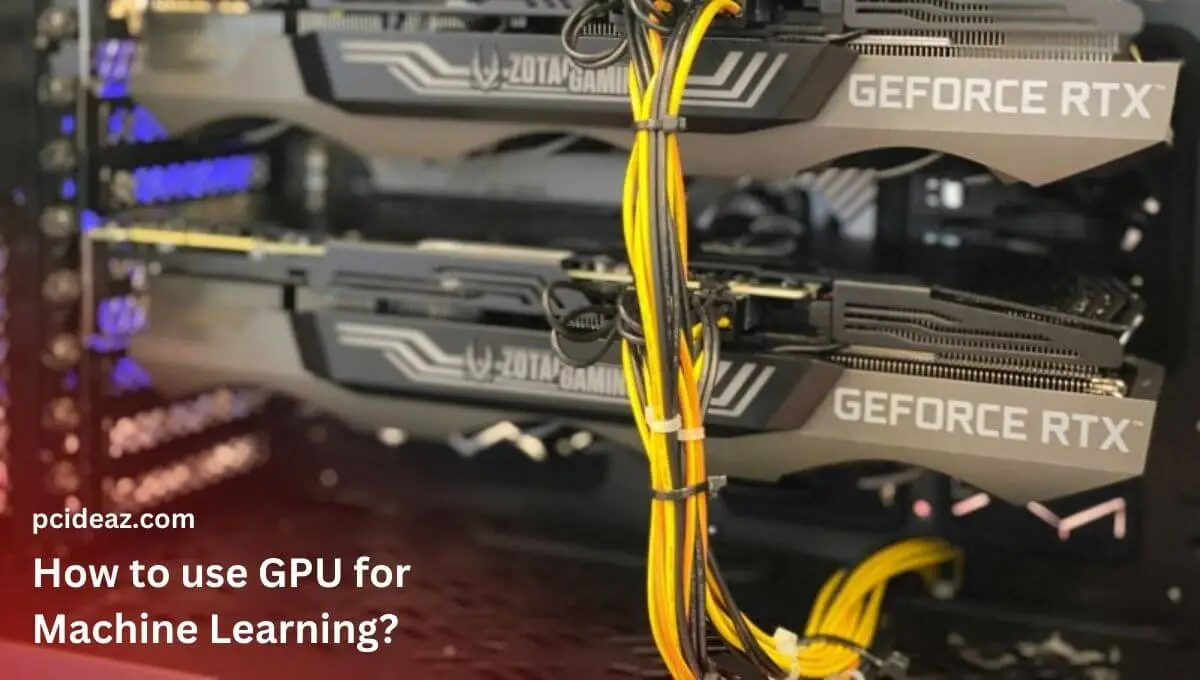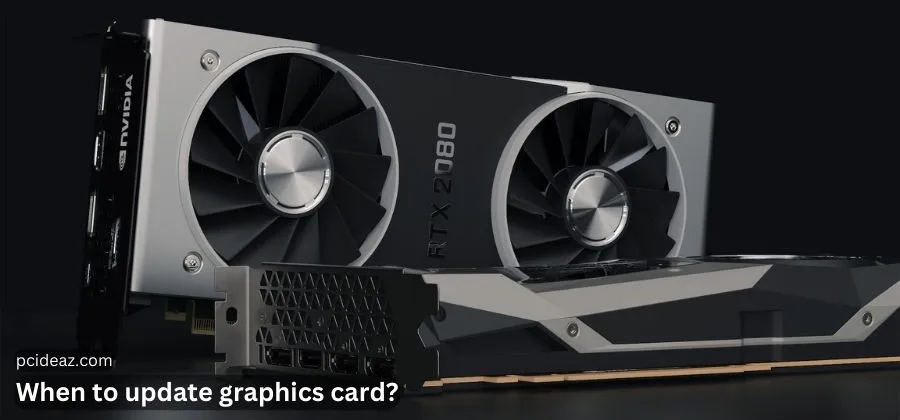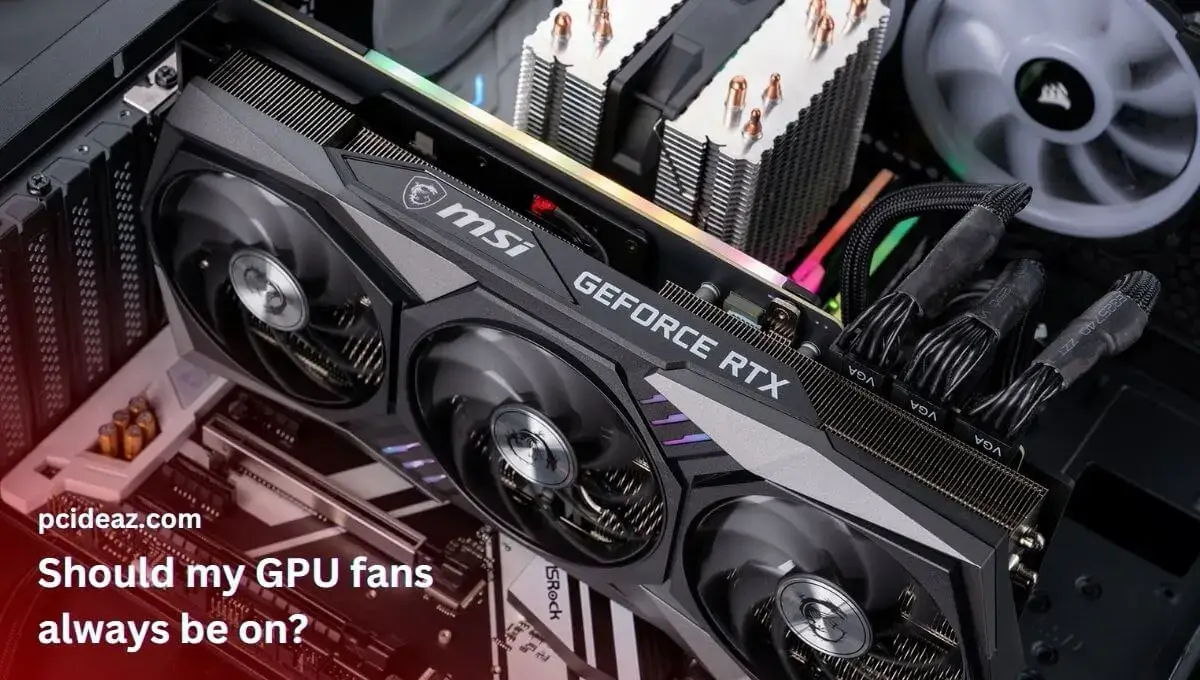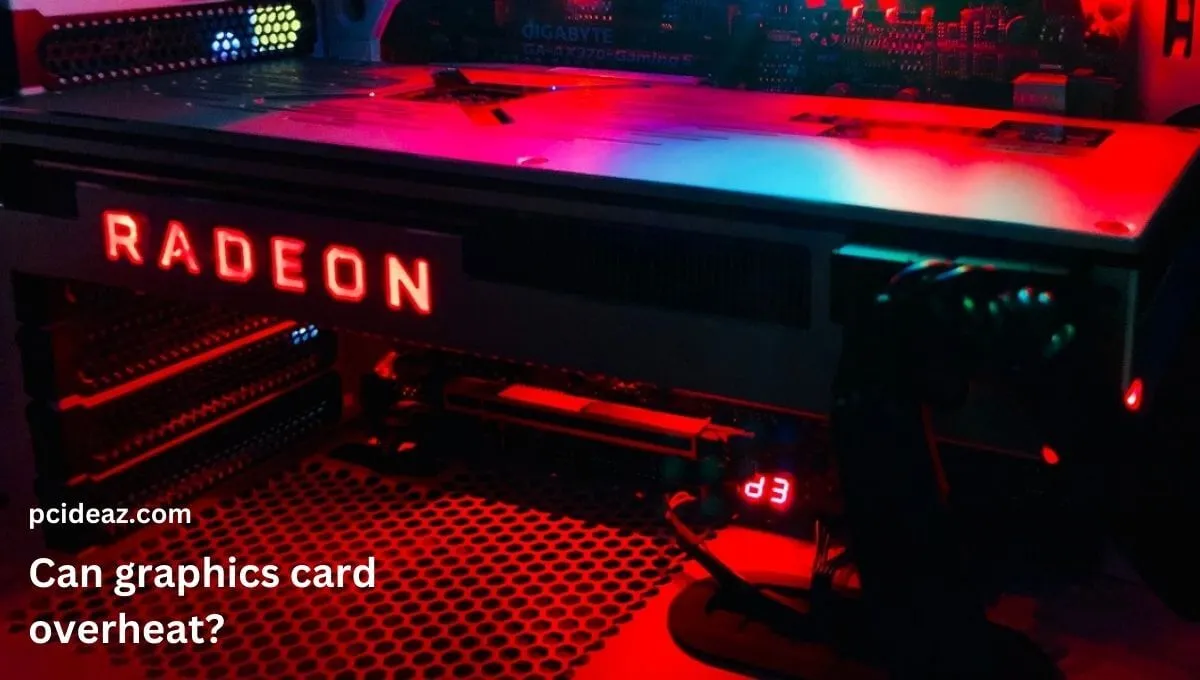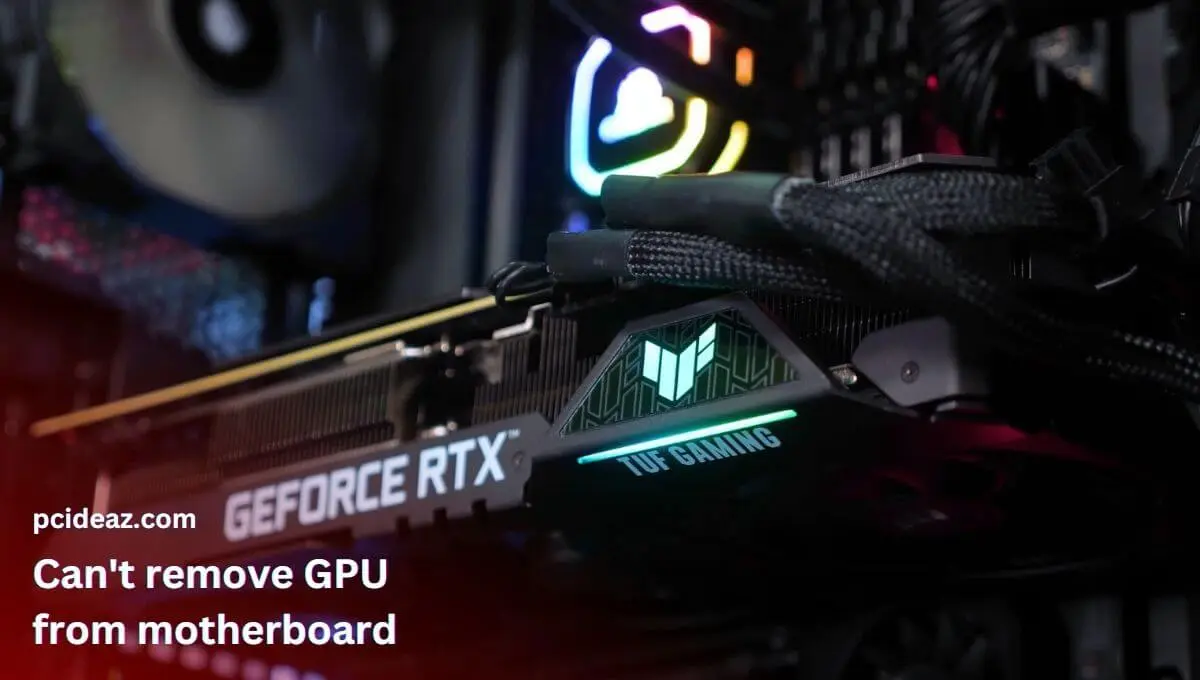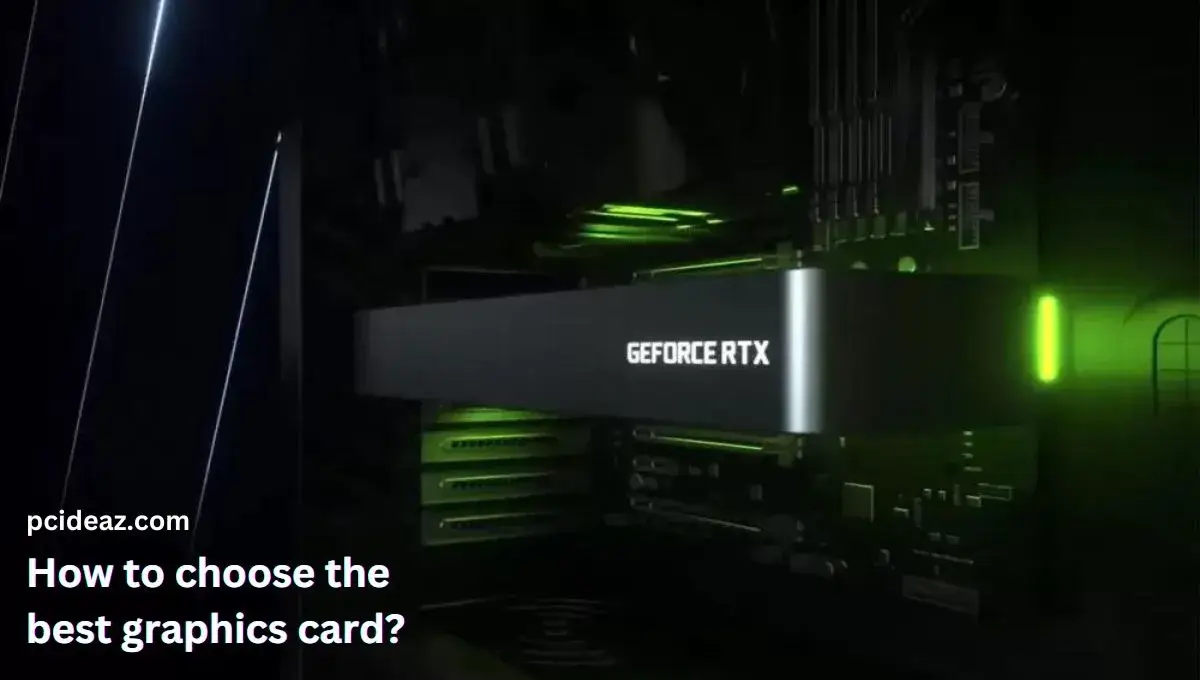Machine learning studies how computers can be trained to perform particular jobs better than people. Research and development on AI and machine learning have a long history in both academia and large corporations. Neural network technology has cleared the door for developments in AI “brains” With interconnections and detailed decision-making, neural networks can represent discrete elements of bigger, more complicated problem-solving models. In contrast to linear algorithms, these networks can help manage more complicated issues like visual pattern recognition.
Are you interested in GPUs for machine learning? We define a GPU and discuss why machine learning benefits from its computational power. Is a GPU required for machine learning? The ability of computer systems to learn to make judgments and predictions from observations and data is known as machine learning, a subset of artificial intelligence. Machine learning is perfect for a GPU because it is a specialized processing unit with improved mathematical computing capabilities. This article will show you how to use a GPU for machine learning.
Key Takeaways
- A graphics card can be used in machine learning to run the machine learning algorithm and build machine learning models faster.
- This way, you can speed up the training process, save time and resources, and empower your computer to train complex models.
How to use GPU for machine learning?
Although the primary function of GPUs is to perform the calculations required to render 3D computer graphics, GPUs are also used for machine learning. These are helpful for ML activities since processing vast amounts of data is essentially what machine learning does. Examples of libraries that already use GPUs are TensorFlow and Pytorch. We can now manipulate data frames and perform machine learning algorithms on GPUs thanks to the RAPIDS suite of libraries.
You can use GPUs for machine learning in one of two ways:
-
Run the machine learning algorithm: You can use the GPU to accelerate a machine-learning algorithm on your computer. In this case, you would write the code for your machine-learning algorithm and run it on the GPU.
-
Build machine learning model: You can use the GPU to build a machine-learning model. You would not write the code for your machine-learning algorithm in this case. Instead, you would use a library with code for a GPU-based machine-learning model.
You can use follow the following steps to use a GPU for machine learning:
-
Step 1: To use a GPU for machine learning, you must install a deep learning library such as TensorFlow or PyTorch, which supports GPU acceleration.
-
Step 2: Then you need to configure your system to use the GPU for computation by setting the appropriate environment variables or making the necessary changes in the library’s configuration file.
-
Step 3: You can then train your machine learning models using the library’s API and the GPU will be used for computation.
Note: It’s also important to ensure that your GPU has enough memory to handle the data. It’s also recommended to use CUDA or cuDNN library to take advantage of the specific hardware of the GPU.
The Benefits of Using a GPU for Machine Learning:
Speeds up the training process
One of the benefits of using a GPU for machine learning is that it can help speed up the training process. GPUs are designed to be good at parallel processing, which means they can handle multiple tasks simultaneously. This is important for machine learning because training a model can be computationally intensive. If you’re training a model on a CPU, it can take days or even weeks to finish. But if you’re using a GPU, you can train the same model in a fraction of the time.
Empower training complex models
Another benefit of using a GPU for machine learning is that it can help you train more complex models. This is because GPUs have more computational power than CPUs. So if you’re training a deep neural network, you’ll need a GPU to do it. Finally, using a GPU can also help you save money. This is because GPUs are more efficient than CPUs when training machine learning models. So if you’re training many models, you’ll save money using a GPU instead of a CPU.
Conclusion
We must always explore and learn new things regarding data science. The amount and the time it takes to compute our data are two bottlenecks that stop us from reaching a flow state when running our experiments, among other Software Engineering issues that affect our workflow. Having a PC and tools to aid us with this can speed up our work and make it easier for us to find functional patterns in our data. Imagine downloading a 40 GB CSV file and loading it into memory to read the contents.
If you’re looking to give your machine-learning models a boost, using a GPU can help. The GPU processing speed advantages deep learning engineers were already used to are now available to machine learning engineers thanks to the RAPIDS tools. These tools can take your machine learning to the next level. Our outputs for the projects should ideally increase as a result of employing GPUs to run the end-to-end pipelines necessary to create products that use machine learning.
Frequently Asked Questions
Why use a GPU for machine learning?
Because the essential requirement of machine learning is to input larger continuous data sets to enhance and improve the capabilities of an algorithm, more data means these algorithms can learn from it more effectively. This is especially true for neural networks and deep learning algorithms, which can handle complex, multi-step processes when run in parallel.
How to Select a GPU for Machine Learning?
Now that you know how important it is to use a GPU for machine learning, you might wonder how to select a GPU. There are a few things to remember when choosing a GPU for machine learning. First, consider the type of problem you are trying to solve. If you are working on a large-scale problem, you will need a powerful GPU.
Second, think about the size of your training data. You will need a GPU with more memory if you have an extensive training dataset. Finally, consider your budget. GPUs can be expensive, so it is essential to find one that fits your budget.
